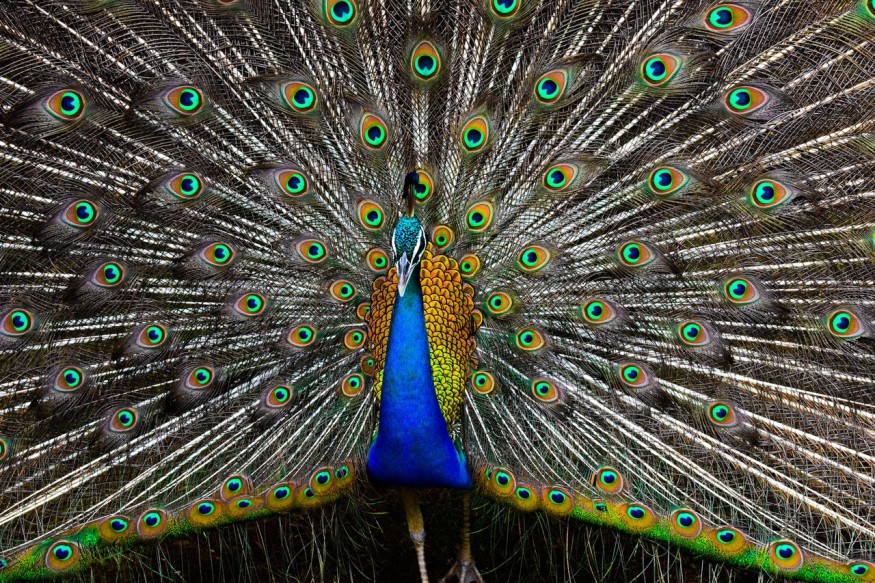The one-of-a-kind iridescent shimmer that makes numerous avian species like hummingbirds and peacocks so striking is deeply rooted in a natural complex nanostructure in their biology that scientists are only beginning to replicate in technology. The secrets behind how these birds produce such brilliant colors lie in a vital feature of their feather's complex nanoscale design, according to a recent study led by researchers from Princeton University.
Complex Nanostructure in Iridescent Bird Plumage

Researchers in the recent study found that a slight evolutionary tweak in feathers nanostructure has significantly doubled the range of iridescent colors avian species can display. Insights of the study can help researchers further understand how and when this iridescence first evolved in the species and inspire the engineering of novel materials that can both capture and manipulate light.
As the brilliant iridescent birds soar and move, complex nanoscale structures in their feathers' small branch-like filaments known as barbules interact with light and amplify it to a certain wavelength depending on the viewing angle. This is known as structural coloration, where crystal-like nanostructures bend and manipulate light.
Klara Norden, first author and a student in the laboratory of senior author Mary Caswell Stoddard from Princeton University, explains that if you take a single barbule from the feather of iridescent birds, the cross-section of in when placed under electron microscopes, lets you see the ordered nanostructure with black dots, rings, or platelets in the gray substrate. She adds that the black specks on the barbules are pigment-filled sacs known as melanosomes; the fray surrounding the feathers is keratin. She explains how she found the nanoscale structures as beautiful as the iridescent colors they produce, reports ScienceDaily.
Curiously, the structures of melanosomes come in a wide variety of shapes. They can be platelet-shaped or rod-shaped, hollow or solid. Hummingbirds, for example, are more likely to have platelet-shaped melanosomes, while peacocks, on the other hand, have rod-shaped melanosomes. But why these birds evolved iridescent complex nanostructures with various melanosomes has always been a mystery to scientists. They are unsure if some types of melanosomes are better than others at producing a wider range of vibrant colors.
ALSO READ : 1,300-Legged Millipede Discovered in Australia; Study Reveals New Species is a Record Breaker
Unraveling the Secrets of Iridescent Bird Feathers
To answer this, researchers combined an evolutionary analysis, plumage measurements, and optical model that allowed them to uncover the general design principles at play behind the iridescent feather nanostructures published in the journal eLife, titled "Evolution of brilliant iridescent feather nanostructures."
There are five primary types of melanosomes in the feathers of iridescent birds: thick rods, hollow rods, thin rods, platelets, and hollow platelets. Except for the thick rod melanosomes, all the other types are colored plumage. Due to the ancestral melanosome type's rod-shaped previous work focused more on the two obvious features unique to the complex iridescent nanostructures: platelet-shaped and hollowed interior.
On the other hand, when researchers evaluated the results of the team's survey, they found that there was, in fact, a third melanosome feature that has been overlooked-thin melanin layers. All four types of melanosomes in iridescent feathers create thin melanin layers significantly thinner than other types. This is a vital discovery since the size of the layers in the nanostructure is key to producing the vibrant iridescent colors we see.
RELATED ARTICLE : Asian Bird Lost? Heaviest Eagle on Earth Spotted in North America, 5,000 Miles Away from Home
Check out more news and information on Animals in Science Times.












